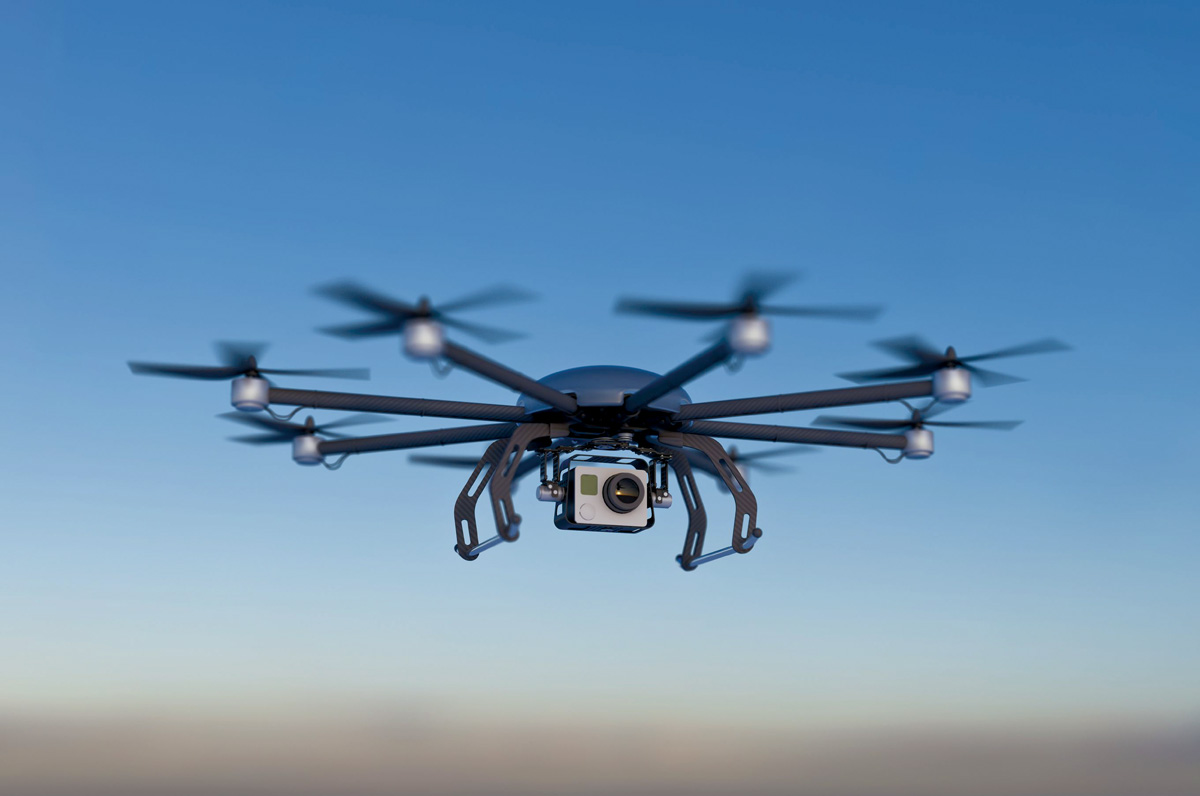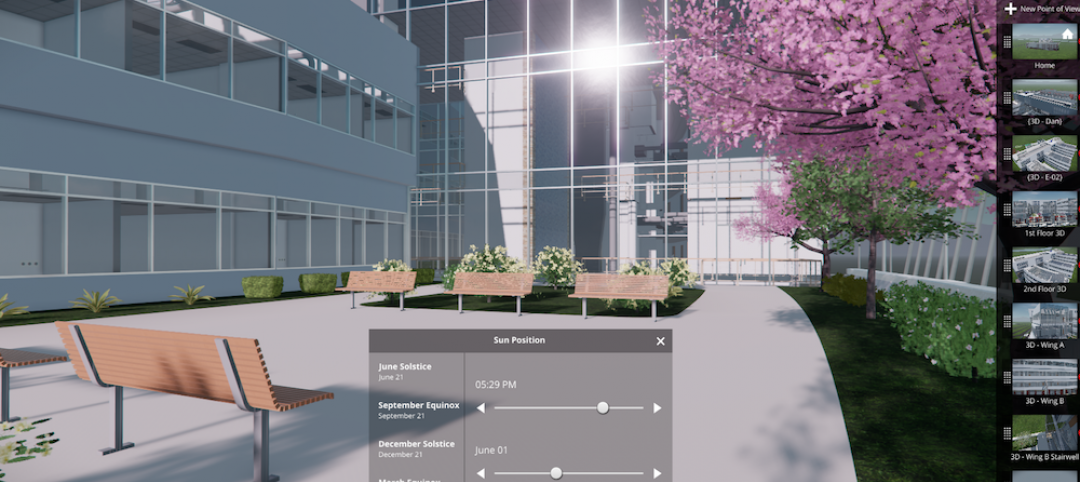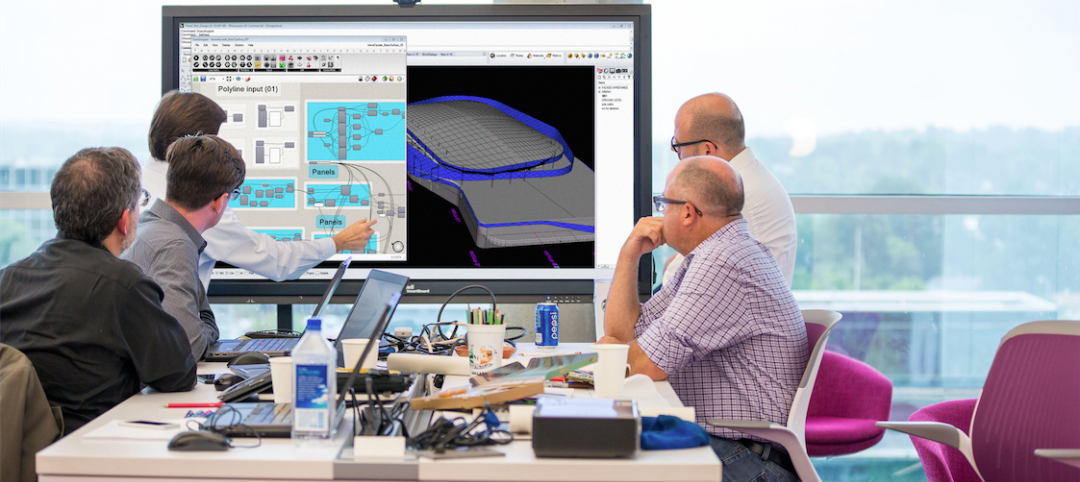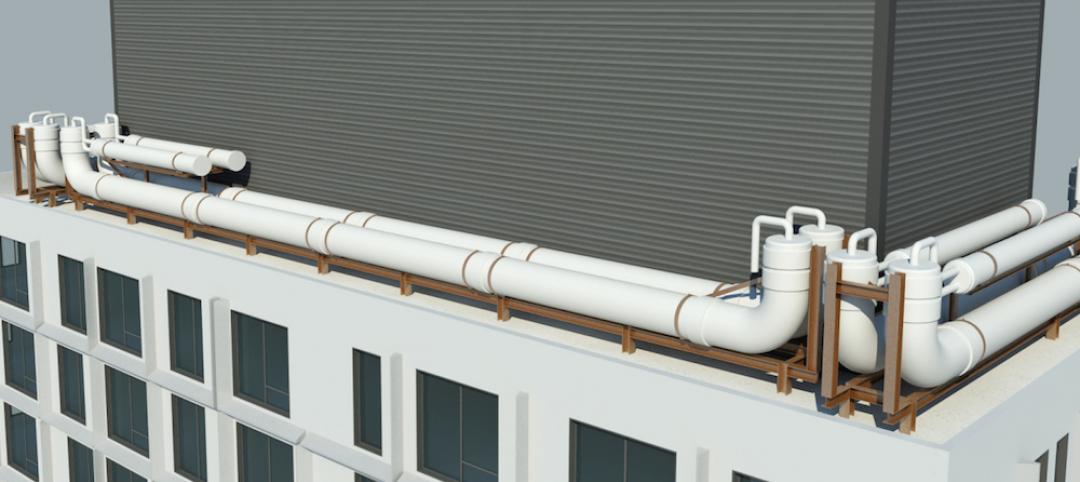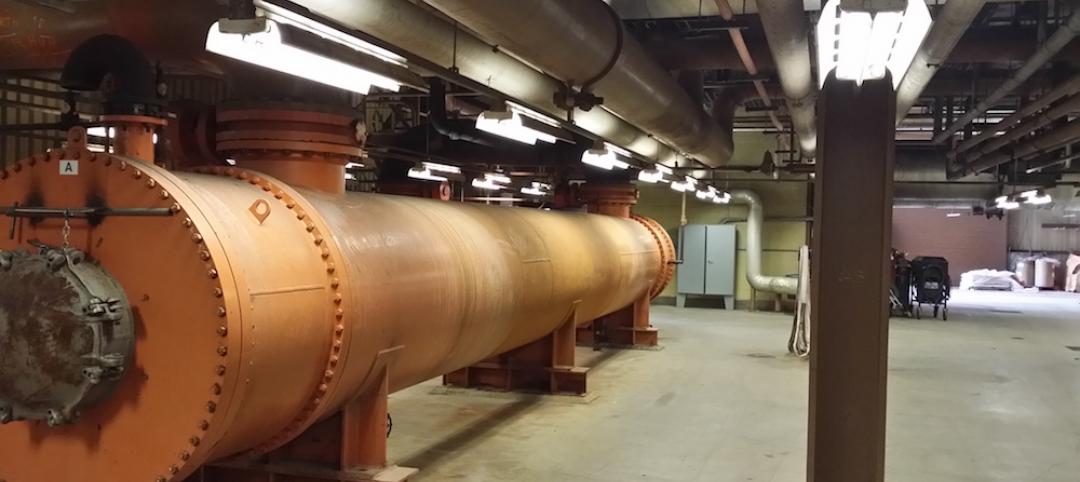The use of drones as construction tools took a big step forward on February 15, when the Federal Aviation Administration issued its Notice of Proposed Rulemaking for Small Unmanned Aircraft, which offers safety rules for drones weighing more than 55 pounds conducting non-recreational operations. And on May 6, FAA announced its Pathfinder Program, where it will work with the market to gather data to make the case for allowing drone flights for expanded commercial operations without permission.
While they wait for rules to be finalized and approved, companies wanting to fly drones are taking advantage of an exemption process that FAA streamlined last year. St. Louis-based design/build contractor Clayco, and Bechtel, North America’s largest civil engineering and construction company, are recent exemptees.
FAA is working with insurance companies to develop coverage and policy standards, says Jay Shelton, Senior Vice President and Leader of Risk Management Practice at Assurance, a Chicago-based insurance brokerage. He knows of only one carrier, Lexington Insurance, that offers a modified aviation policy covering drones.
Both Clayco and Bechtel integrate drones into their execution systems via Skycatch’s cloud-based platform for capturing data using small automonous aerial robots. Skycatch is also partnering with Komatsu, the Japanese construction equipment colossus, which in January unveiled plans to use unmanned aircraft, bulldozers, and excavators to automate early foundation work on construction sites. Komatsu intends to lease at least 200 drones from Skycatch.
FAA has estimated that between 7,500 to 20,000 drones could be permitted to fly legally by 2020. But issues around usage (such as rights of way), liability, and privacy still need to be resolved.
FAA is working with insurance companies to develop coverage and policy standards, says Jay Shelton, Senior Vice President and Leader of Risk Management Practice at Assurance, a Chicago-based insurance brokerage. He knows of only one carrier, Lexington Insurance, that offers a modified aviation policy covering drones.
Shelton believes that drone-related privacy issues in all likelihood will be sorted out by courts to determine, for example, whether an intrusion was accidental or intentional, or whether release forms are required before drones can fly over or photograph buildings or land.
“There are grey areas, but the benefits [of using drones] are unquestionable,” says Steven Lesser, Shareholder in charge of construction at the Fort Lauderdale, Fla.-based law firm Becker & Poliakoff, and Vice Chairman of the American Bar Association’s Forum on Construction Law.
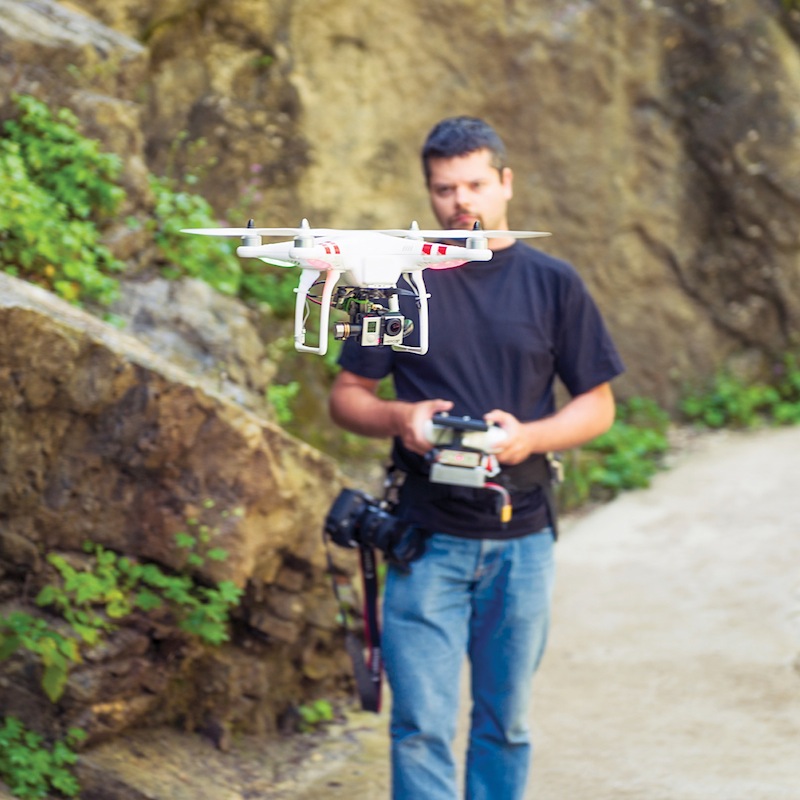 Photo: Association of Unmanned Vehicles International
Photo: Association of Unmanned Vehicles International
Lesser says AEC firms are eager to fly drones because robots make it easier and safer to access difficult areas like mining pits or rough terrain, at a fraction of what an airplane or helicopter would cost to rent.
“The possibilities are amazing,” says James Brogan, AIA, Director of Firmware Technology for Kohn Pedersen Fox Associates. His firm completed work on an airport in Nanking, China, from which Chinese construction partners sent progress reports in the form of drone-shot videos.
Wiss, Janney, Elstner Associates also is waiting for the FAA to finalize the regs on drone use, says IT Manager Raymond Jaskot. He thinks drones could be useful in high-risk construction environments where safety is problematic. Drones could also aid in measuring and inspecting buildings. Jaskot says WJE has looked into using drones with infrared cameras to detect temperature variations that could be caused by moisture trapped behind a façade.
One drone maker, France-based Sysveo, is working on software that would give drones the capability to include augmented reality 3D images in their videos, so developers could see what a building project might look like well before it exists.
“It’s critical that our technology portfolio stays ahead of the curve,” says J. Brent Williams, President of Burns & McDonnell, which began using drones in 2013, and now owns six. The firm recently entered into a partnership with Yale University to show students how drones and sensors can work in tandem. “We have the ability to switch out sensors on UAVs [unmanned aerial vehicles] from a regular camera to a near-infrared to a four-band multispectral,” says Steve Santovasi, GISP, who manages the firm’s Geospatial Services department. These options “give us the ability to visualize or categorize from bandwidths outside the limits of the human eye,” he says.
Other AEC firms see drones as enhancing their design abilities. “If you have a drone working off of a Revit model, it could show you detail areas and tie that with augmented reality as well as overlay the next construction layer,” states Robert Petty, Associate Partner at ZGF Architects, who owns a couple drones for personal use. Theoretically, he says, a designer armed with that information “could change the design on the spot with 3D printing and relay the information to robotic manufacturing.”
Peter Marchese, a Senior Consultant with Microdesk, has fed a CAD/BIM model into a drone to lay out paint lines for a building. He uses drones for reality capture to create models with Autodesk or Pix4D process imaging software. Drones could aid clash detection, too, Marchese suggests.
Marchese recommends that firms considering using drones should first train their pilots on simulation programs like Real Flight or Phoenix, and then fly the drones with two-man teams. Mark Segal, who owns the aerial photography firm Skypan, says his company always flies drones with a pilot, an assistant, and a spotter.
Segal anticipates “lots of opportunities and purposes” for drones in construction and renovation, including inspecting existing buildings. He notes that there’s been “enormous improvement” in drone stability and sophistication, and cites the new Solo drone from 3D Robotics, outfitted with a GoPro camera that an operator can control from a distance of a half-mile.
Battery technology is a concern, though. Drones use lithium polymer batteries that are sensitive to charging, and can ignite. And smaller prop drones can’t stay airborne for more than 20 minutes, tops.
Segal thinks Tesla Motors’ battery technology—its massive factory in Nevada should be fully operational by 2020—could lead to breakthroughs in battery life for UAVs. For now, he says, battery power is adequate for most AEC firms’ drone uses: “They only need to be in the air for five or six minutes at a time to get what you need.”
Next on the horizon: obstacle detection and avoidance technology, so operators can fly UAVs safely even when they’re out of sight.
MEET DRONE EXPERTS AT BUILDING HEARTLAND
Microdesk’s Peter Marchese and SkyPan’s Mark Segal will speak on “DRONES: How Design, Engineering + Construction Firms—and Their Clients—Can Benefit from Their Use” at BD+C’s Building the Heartland conference, September 1, 2015. More at: www.BuildingChicagoExpo.com.
Related Stories
BIM and Information Technology | Jul 25, 2016
Autodesk’s LIVE turns designs into video game-like experiences
Users can adjust navigation points, render styles, and even the time of day, with fluid and quick controls.
Building Tech | Jul 14, 2016
Delegates attending political conventions shouldn’t need to ask ‘Can you hear me now?’
Each venue is equipped with DAS technology that extends the building’s wireless coverage.
BIM and Information Technology | Jun 14, 2016
Autodesk and Trimble will share APIs to develop products that improve user workflow
Data and document management is likely to benefit the soonest.
BIM and Information Technology | Jun 13, 2016
The race to digitize the globe with 3D imagery
Tech firms are creating a highly-detailed virtual planet available instantly for those who would like to scrutinize it. SmithGroupJJR's Stephen Conschafter details the new technologies being used to map our world.
BIM and Information Technology | Jun 7, 2016
Conquer computational design: 5 tips for starting your journey
Data-driven design expert Nathan Miller offers helpful advice for getting your firm ready to use CD tools and concepts.
BIM and Information Technology | Jun 7, 2016
6 ways smart AEC firms are using computational design methods
Rapid prototyping, custom plug-ins, and data dashboards are among the common applications for computational design.
BIM and Information Technology | May 20, 2016
AIA and Autodesk introduce new feature to automate 2030 Commitment reporting data
The new automated connection will allow the more than 350 AIA 2030 committed firms to report their project and portfolio performance to the DDx directly from Autodesk Insight 360.
AEC Tech | May 10, 2016
Thornton Tomasetti launches new tech company
TTWiiN initially features six products and will add more via its own incubator.
Sponsored | BIM and Information Technology | May 10, 2016
Advanced laser scanning technology supports data collection and modeling efforts for Missouri’s Iatan 1 Power Plant
For the installation of a new heat exchanger, the power division of Black & Veatch contracted an engineering firm to laser scan the site, make a piping model in Autodesk® Revit®, and export it into AutoCAD® to deliver results.
AEC Tech | May 9, 2016
Is the nation’s grand tech boom really an innovation funk?
Despite popular belief, the country is not in a great age of technological and digital innovation, at least when compared to the last great innovation era (1870-1970).


